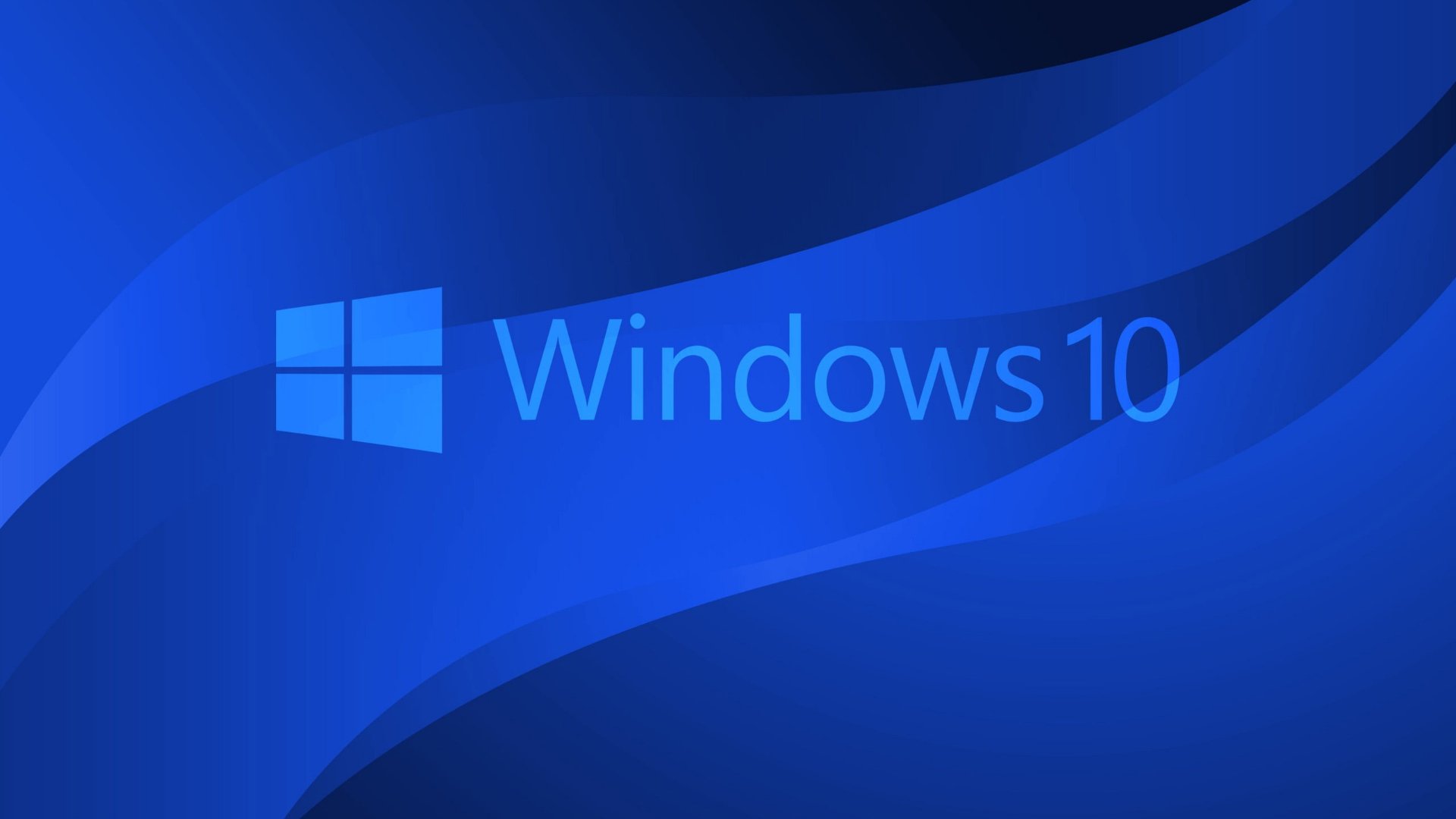Security researcher Jimmy Bayne with a Publication on Twitter announced a loophole in their theme settings Windows 10 which can allow malicious users to steal your credentials.
How; creating a theme they can carry out a "Pass-the-Hash" attack. 
The possibility installationof themes from other sources allows the creation of malicious themes that, when opened, redirect users to a page asking them to enter their credentials.
Windows allows users to change themes, from Settings – Personalization by right-clicking on the currently active theme. Then select “Save theme for sharing”. This will create a archive “.deskthemepack” that you can share via email or however you like. The new file can be installed.
Intruders can also create a ".theme" file where the default wallpaper setting leads to a malicious site that requires authentication. There unsuspecting users give their credentials, which are sent with NTLM encryption to the site. The passwords are then read using a special decryption software.
The researcher mentioned a way to protect against these attacks. Should be excluded extensions such as “.theme”, “.themepack” and “.desktopthemepackfile”.
Bayne says the findings were reported to the Microsoft Security Response Center (MSRC). However, the error was not corrected because it was "design-specific". It is not known if the company intends to fix the error after this revelation or if it changes the file structure for the topics to prevent redirects to sites that require authentication.
When you consider that most users are signed in to their accounts with their Microsoft account in Windows 10, credential theft puts a lot of data of users – such as email, OneDrive or even Azure data.





